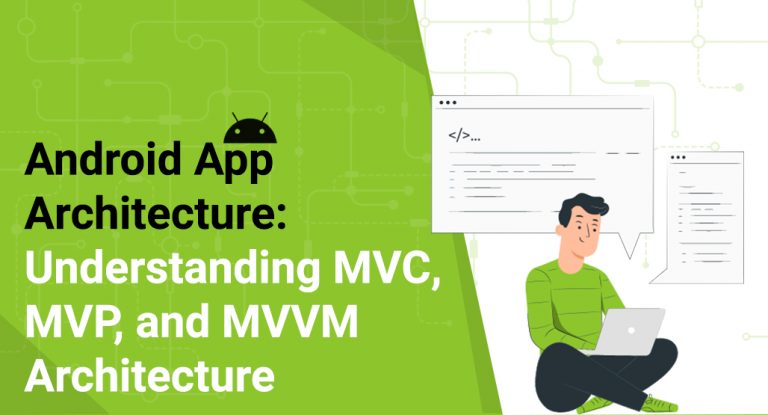Building robust and scalable Android applications requires a solid understanding of app architecture. Android app architectural patterns provide a structured approach to organizing code, separating concerns, and promoting maintainability and testability.
First, we will delve into the MVC architecture, which provides a clear separation of concerns, making the codebase more modular and maintainable. Next, we will delve into the MVP architecture, which has been widely used in Android development for a long time. And finally, we will explore the MVVM architecture, which has gained significant popularity in recent years.
Whether you are starting a new project or refactoring an existing one, selecting the right architecture can significantly impact the quality and success of your app. So let’s dive into the world of Android app architecture and uncover the strengths and best practices of MVC, MVP, and MVVM architecture.
MVC (Model-View-Controller)
MVC (Model-View-Controller) is an architecture pattern commonly used in Android app development. It separates the application into three main components: the Model, the View, and the Controller.
Model
The Model represents the data and the business logic of the application. It encapsulates the data sources, such as databases or web services, and provides methods for data manipulation and retrieval. The Model is responsible for maintaining the application state and business rules.
View
The View represents the user interface components of the application. It is responsible for presenting the data to the user and handling user interactions. Views can be activities, fragments, or custom UI elements. The View is passive and does not contain any business logic.
Controller
The Controller acts as an intermediary between the Model and the View. It receives user input from the View and updates the Model accordingly. It also retrieves data from the Model and updates the View to reflect any changes. The Controller implements the application’s business logic and coordinates the interaction between the Model and the View.
It’s worth mentioning that there are variations of MVC, such as MVP (Model-View-Presenter) and MVVM (Model-View-ViewModel), which offer improved separation of concerns and address some of the limitations of traditional MVC in Android app development.
MVP (Model-View-Presenter)
MVP (Model-View-Presenter) is an architecture pattern widely used in Android app development. It focuses on separating the concerns of the application into three main components: the Model, the View, and the Presenter.
Model
The Model represents the data and the business logic of the application. It could include data sources such as databases, network requests, or local storage. The Model is responsible for managing data retrieval, storage, and manipulation.
View
The View represents the user interface components of the application. It includes activities, fragments, and layouts that users interact with. The View’s responsibility is to display data to the user and handle user input, such as button clicks or screen gestures.
Presenter
The Presenter acts as the middleman between the Model and the View. It receives input from the View and interacts with the Model to retrieve or manipulate data. The Presenter then updates the View based on the changes in the Model. The Presenter contains the presentation logic, handling the business rules and decision-making processes.
Unlike MVVM, MVP does not rely on data binding or observable patterns for View updates. Instead, the Presenter explicitly updates the View based on changes in the Model.
MVVM (Model-View-ViewModel)
MVVM (Model-View-ViewModel) is an architecture pattern commonly used in Android app development. It promotes the separation of concerns by dividing the application into three main components: the Model, the View, and the ViewModel.
Model
The Model represents the application’s data and business logic. It includes data sources such as databases, network requests, or local storage. The Model is responsible for managing data retrieval, storage, and manipulation.
View
The View represents the user interface and displays the data to the user. It includes activities, fragments, and layouts that users interact with. The View receives user input and communicates it to the ViewModel.
ViewModel
The ViewModel acts as a bridge between the Model and the View. It exposes the data from the Model to the View and provides methods and commands for handling user interactions. The ViewModel contains the presentation logic, but it does not have direct references to the View. Instead, it communicates with the View through data binding or event-driven mechanisms.
Android Jetpack’s Architecture Components, such as LiveData and ViewModel, provide built-in support for implementing MVVM in Android apps. LiveData allows for reactive updates to the View based on changes in the ViewModel, while ViewModel helps retain and manage data across configuration changes.
Conclusion
By understanding and implementing these architecture patterns, developers can create well-structured, maintainable, and scalable Android applications. Each pattern has its own strengths and considerations, and the choice depends on the specific project requirements and team preferences.


